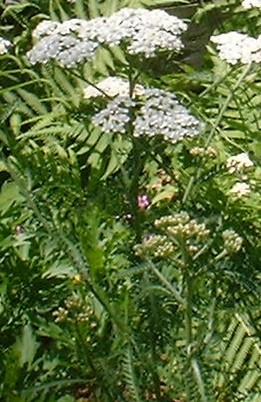Fire Restrictions to be Implemented in
Washington Co. Utah and Northwest Arizona
Due to recent dry conditions and high fire danger in Washington County Utah and northwest Arizona, Color Country Interagency Fire Managers are implementing Stage 1 fire restrictions beginning Wednesday, June 18th at 12 a.m. The following describes the restrictions to be implemented by each fire management agency in Color Country.
Unincorporated Privately Owned and All State Owned Lands in Washington County (UT Division of Forestry Fire and State Lands):
The following acts will be prohibited until further notice:
· Setting, building, maintaining, attending or using open fire of any kind, except campfires and charcoal fires within agency approved fire pits and grills provided in developed recreation sites and picnic areas or at permanently improved places of habitation (contact Forestry, Fire and State Lands for further information). Devices fueled by petroleum or LPG products are allowed in all locations.
· Smoking except in enclosed vehicle or building, or a developed recreation site or cleared areas of a minimum of three (3) feet in diameter down to mineral soil.
· Discharging, or using any kind of fireworks, tracer ammunition or other pyrotechnic devices.
· The cutting, welding or grinding of metal in areas of dry vegetation.
· Use of exploding targets that are detonated when struck by a projectile such as a bullet.
These restrictions do not apply to incorporated towns and cities except for state owned lands within incorporated towns and cities. Please contact the local fire agency for any restrictions that may apply.
Dixie National Forest, Pine Valley Ranger District: The following acts will be prohibited until further notice:
· Igniting, building, maintaining, or using a fire, including charcoal and briquettes, outside a fire structure that is provided by the Forest Service within a designated area, (all developed recreation sites e.g., campgrounds and picnic areas, that are maintained and administered by the Forest Service, shown on the current Forest visitor maps, and have a permanent fire structure). Stoves or grills that are fueled solely by liquid petroleum fuels are allowed in all locations.
· Smoking outside an enclosed vehicle or building unless stopped in an area at least three (3) feet in diameter that is clear of all flammable materials.
· Note that discharging, or using any kind of fireworks, tracer ammunition or other incendiary devices in any location on federal lands is always prohibited.
 Beautiful examples of wild yarrow are blooming in Pine Valley right now. The sparks of white flowers show up so clearly against the dark green of surrounding foilage on the roadsides, hillsides and low mountains where it is found. Look for a plant about a foot to three feet tall, with ferny leaves and white flowers in delicate flat heads.
Beautiful examples of wild yarrow are blooming in Pine Valley right now. The sparks of white flowers show up so clearly against the dark green of surrounding foilage on the roadsides, hillsides and low mountains where it is found. Look for a plant about a foot to three feet tall, with ferny leaves and white flowers in delicate flat heads.





